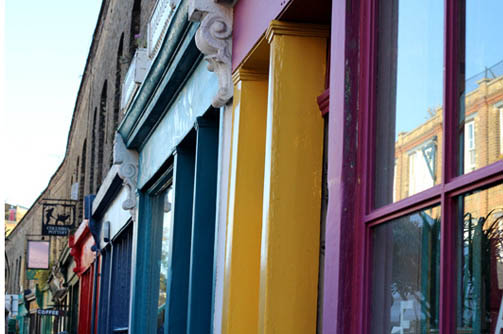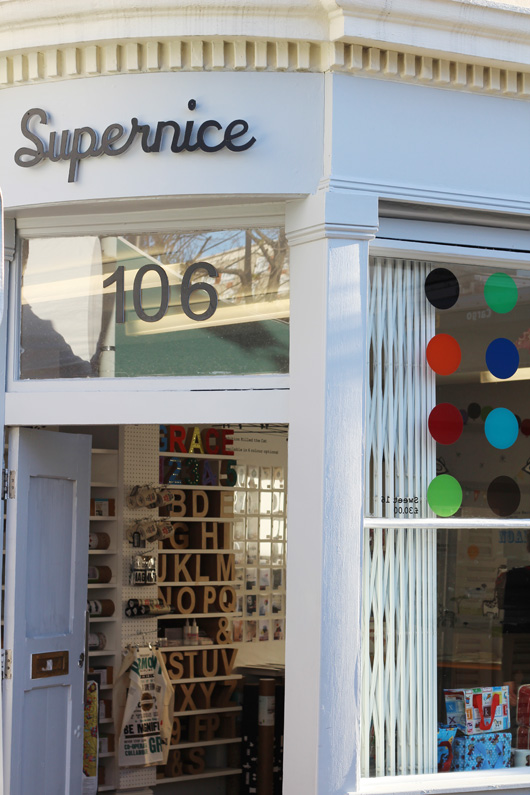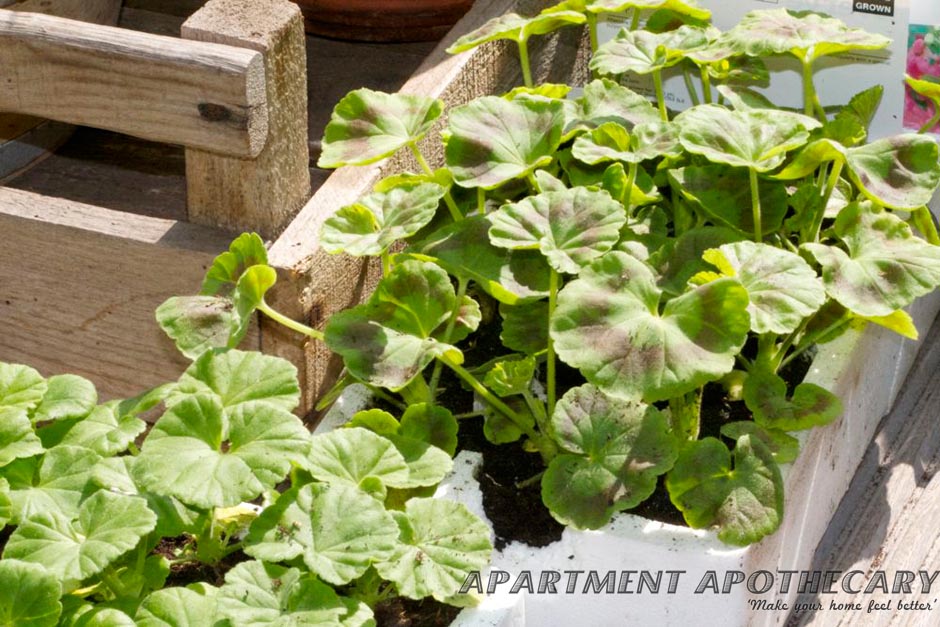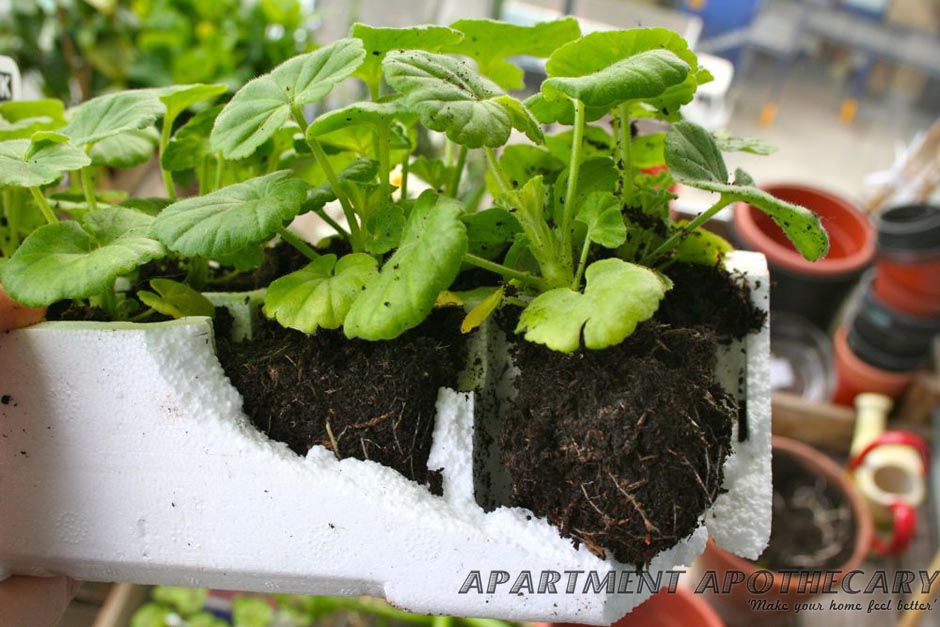The first thing I want to ask about the house I am featuring today is: Why is it not mine? No, seriously, why?
This Victorian terraced house is in Brixton, South West London, and it is used for photoshoots and filming. I love so much about this house: the colour palette, the interesting furniture, the period features and the simplicity of it all. If I lived here I would want to inject a bit more personality and, of course, there would be more ‘stuff’. However, what I think the owners have achieved is to show that neutral does not have to be boring, if you follow a few rules…

The house has stripped and painted floorboards throughout, which creates a fresh, clean feel. It also means the neutral blue palette used in this room stands out. By painting the chairs a different tone of blue adds a layer of interest and colour. The blue is also picked up in the antique Burleigh platters and the ticking stripe of the armchairs. None of these pieces are ‘matching’ so even though they are the same colour it does not look generic. This is an important rule in my book: don’t ‘match’ but combine pieces from different periods and eras with a similar colour palette. This way your colour scheme can remain neutral, yet it becomes interesting.

By making the most of all the period features in this home they have retained a lot of character even though they have minimal furniture and belongings.

They have used a different tone of blue/green in another reception room, which adds interest even though it is still very neutral. Another trick for adding character to such a simple interior is by personalising furniture and not buying generic pieces. For example, this sofa has different coloured seat cushions with a variety of scatter cushions, none matching but all sticking with a subtle colour scheme. They tie in with a customised lamp.

These colourless antique apothecary bottles stand out in such a simple room and add character as they are unique pieces. A mass produced vase in this room would make no such statement.

This chair has been chosen carefully; if it were brand new and perfectly upholstered it would look bland against the neutral wall colour.

This piano and chair strike a contrast against the white, blues and greens. A few statements like this add a focus to a room, which is needed when using such a simple scheme otherwise there is nothing to provoke curiosity.

In this room they have made the lovely bay window and fireplace the focus by keeping everything else neutral. However, the mat and baskets add contrast to the stark white so it does not become too dull. Although, if it were my house, I would definitely want some artwork up on those walls and more personal touches.

Accessories, like the mirror, lamp, jugs and tray, added to this room are all white but they are different shapes, sizes and textures so they add interest.

This Ercol sofa is very simple and plain but by adding a blanket and mis-matched cushions it softens the stark white of the walls and floor.

The kitchen builds on the colours used elsewhere in the house and the hard, clean lines are softened by using open-shelving and warm wood.

Although sparse, every piece of furniture and accessory they have chosen to use is from a different era so it does not look boring.

Here the fireplace, alcoves, window and dimensions of this period house can speak for themselves, rather than colour.

Again, they have chosen an old sofa and covered it themselves so it adds charm to this bright, white room.

Such a pretty fireplace and carefully chosen ornaments are the focal point here against the neutral colour scheme.
What do you think? White and boring or pale and interesting? I think the neutral, minimal style has allowed beautiful period features and lovely furniture speak for themselves. I’m totally jealous.
Photographs courtesy of Shoot Factory.























































